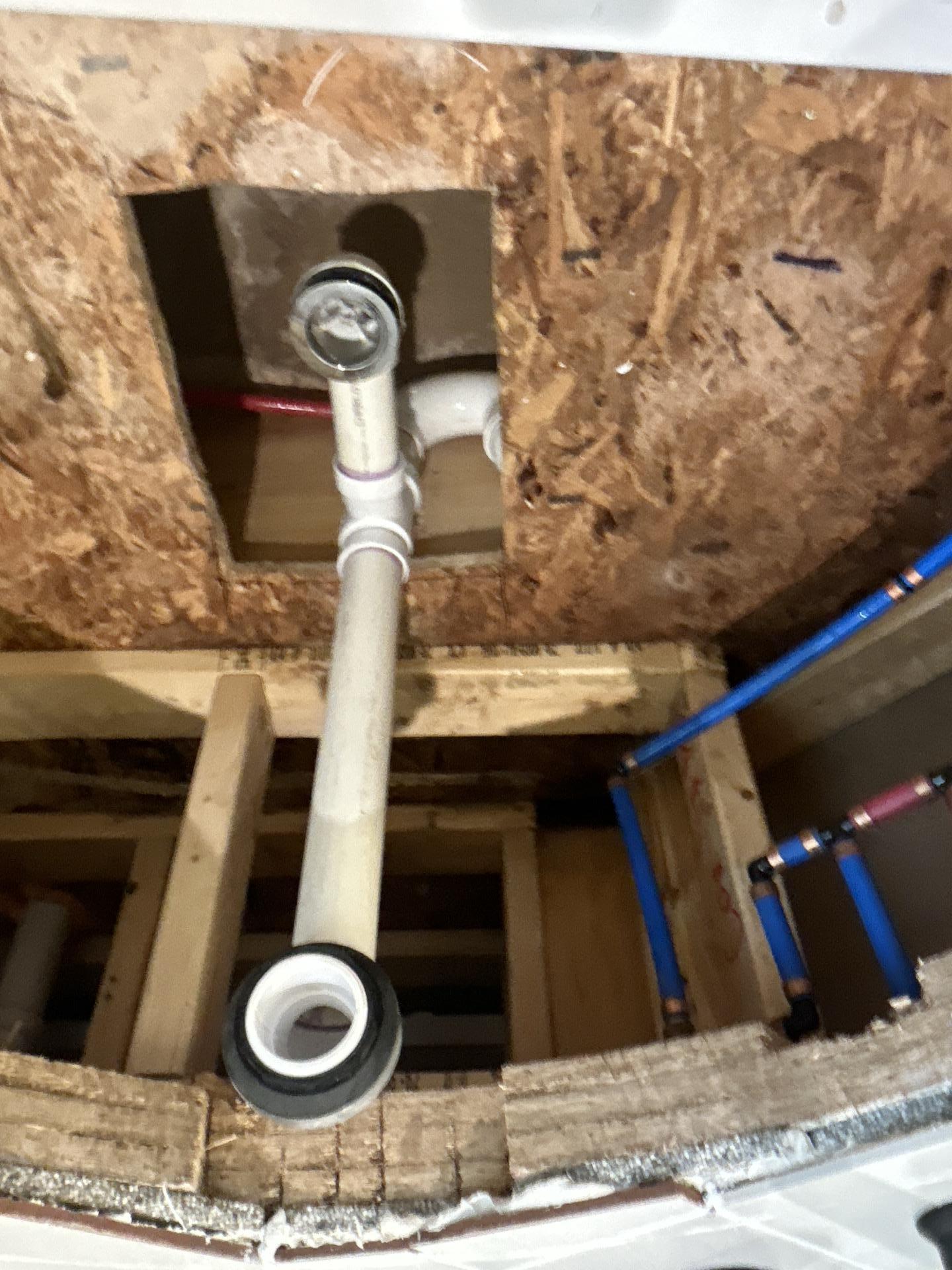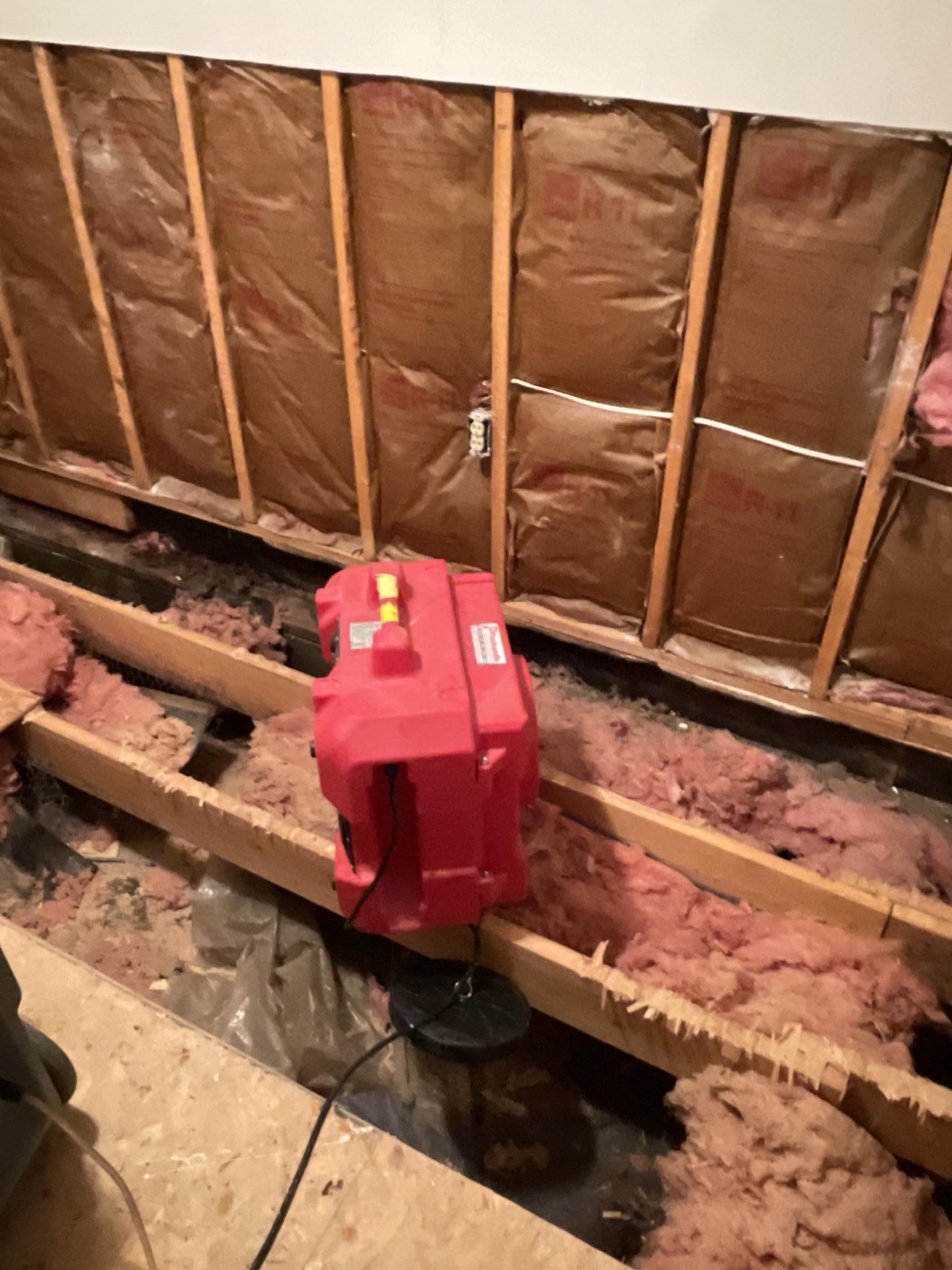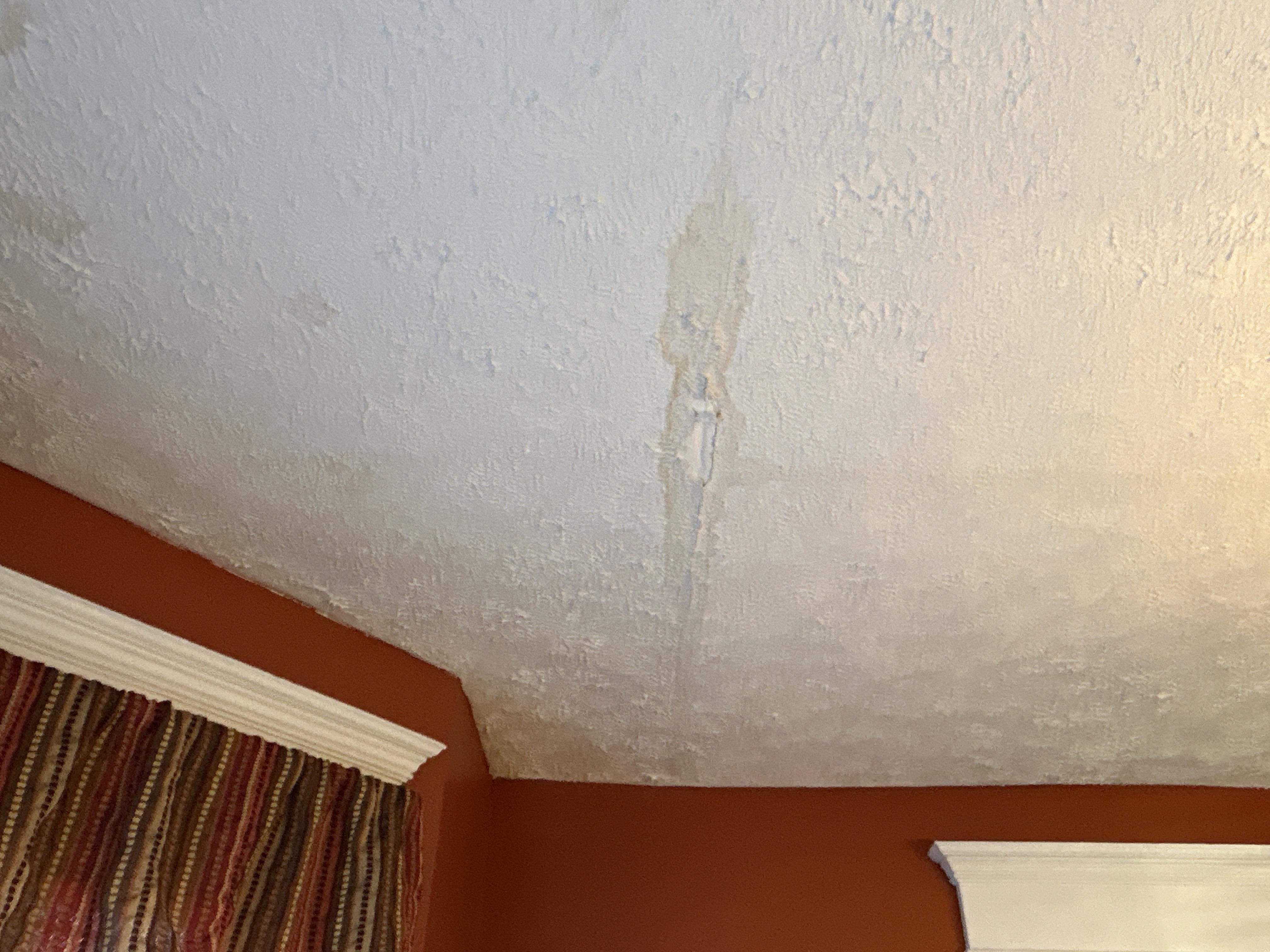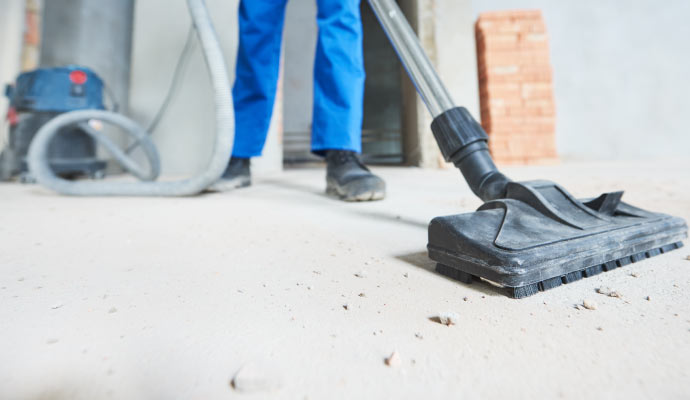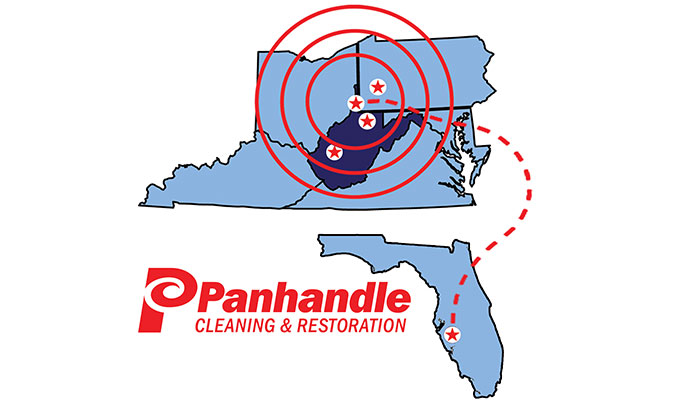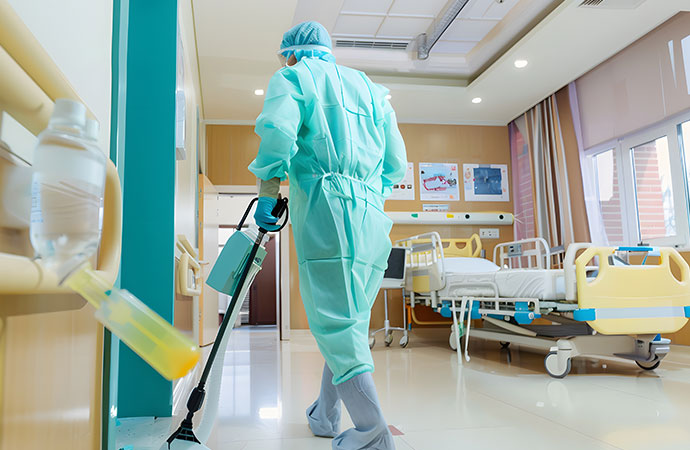
How Guidelines for Environmental Infection Control Impact Healthcare Facilities
It’s safe to assume that every healthcare facility and organization exists to provide the highest standards possible regarding the treatment their patients receive. Healthcare providers want to treat their patients without bringing further harm or injury.
Assuming that these institutions seek to provide world-class healthcare also means that the facilities in which treatment is provided must also be held to high standards when it comes to preventing and controlling environmental infection. It is the responsibility of these institutions to implement methods that avoid the spread of infectious diseases and opportunistic bacteria. If the proper steps are not taken, both patients with compromised immune systems and healthcare workers are left exposed to both airborne and environmental pathogens.
Luckily in the U.S., a series of guidelines have been around for some time and have helped healthcare facilities tackle infection control.
Guidelines for Environmental Infection Control in Healthcare Facilities

Back in 2003, the Centers for Disease Control and Prevention (CDC) and the Healthcare Infection Control Practices Advisory Committee (HICPAC) combined efforts to release a document of best practices and guidelines that are still used to this day.
The CDC is considered one of the most influential and reputable governing bodies in the world when it comes to controlling the spread of disease. There’s a reason why the guidelines for environmental infection control in healthcare facilities have remained the standard for over a decade.
In this 250-page document, the CDC and HIPCAC lay out every consideration possible that healthcare facilities may face when instituting environmental infection control guidelines. Some of the most critical areas of the guidelines include:
- Air
- Water
- Environmental Cleaning & Contamination
- Environmental Sampling
- Laundry & Bedding
- Animals in Healthcare Facilities
- Regulated Medical Waste
The CDC guidelines not only lay out the risks and hazards involved with the above considerations, but they also provide a series of recommendations to tackle them where necessary.
Harmful bacteria and microorganisms can thrive in a multitude of environments, not just damp, warm conditions. Harmful pathogens can also survive in certain dry conditions, which is one reason why these guidelines are so thorough.
One way in which healthcare facilities can be impacted by these guidelines without even realizing it is how infection control must also be considered proactively whenever a remodeling, construction, or restoration project is being executed.
Infection Control With Construction or Restoration Projects
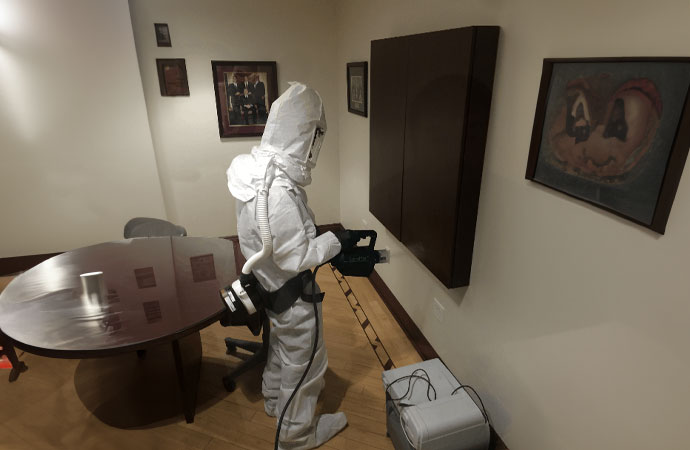
Many career architects and builders who focus on healthcare facility construction know how important infection control has become. In this post by architect Dwight Young, “Over my 20 years of professional practice, 14 of which have been dedicated to healthcare, infection control protocol has become increasingly more important.”
Young participated as a guest speaker for a Master-level class at Kent State University’s College of Architectural and Environmental Design where the class had a dedicated focus on Hospital Acquired Infections (HAI) and the physical environment. Simply put, an HAI is an infection that was contracted after a patient was admitted to a hospital’s care. While there are ethical implications, these facilities are also legally and financially at risk when these situations occur.
From a design standpoint, architects can enable the practice of proper infection control protocols. The only way to do this, however, is to ensure that the design team, contractors, and hospital staff meet regularly to ensure the appropriate infection control guidelines are being addressed.
Many healthcare facilities run 24-hour operations, so there are times when construction and restoration work must be done in conjunction with normal operating hours. Even for facilities that are not open 24 hours a day, most healthcare facilities have teams dedicated to establishing their own ICRA (Infection Control Risk Assessment) standards.
When it comes to hiring the right teams and companies to help with construction or restoration projects, healthcare facilities need to ask themselves these series of questions:
- Are all of the key considerations of the CDC’s guidelines being addressed?
- Is my ICRA team regularly communicating with the building team?
- Does the contractor or restoration team have their methods of infection control and the right equipment to do so?
To learn more about how Panhandle Cleaning & Restoration has recently made a series of investments to help healthcare facilities with environmental infection control services, click here.

